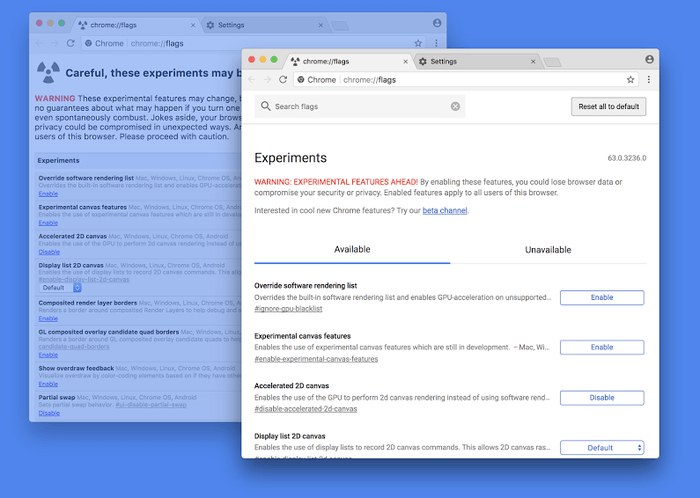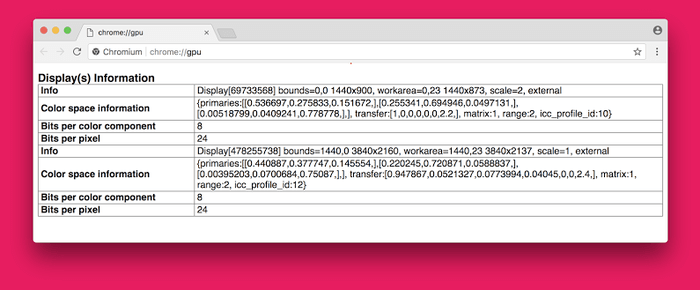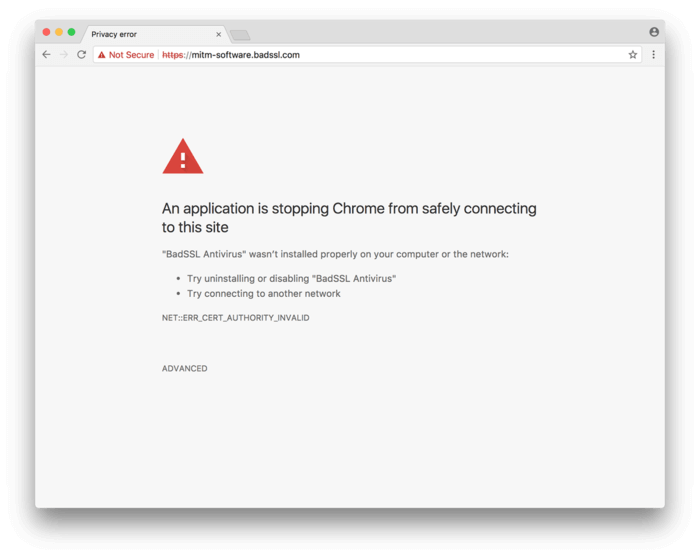A new version of the most popular browser, Google Chrome is out. Version 63 has reached the stable branch and now available for Windows, Linux and Mac. Although we don't cover every release of Google Chrome, we felt this one was significant. Here are the key changes.
Advertisеment
Along with Chrome, the Chromium open source browser, version 63 is also available.
What's new in Chrome 63
- A new design of the chrome://flags page. Now it is optimized for touch screens and uses an adaptive layout to fit all kinds of screens better. Also, the page features a new color scheme. There is a search bar for the flags page on Android as well and button to reset all experiments in one go. There are some new experimental settings (flags) included too as usual.

- A new page, chrome://gpu, is added to show parameters like bit per pixel, color space, display scaling and so on.

- A warning appears when Chrome detects a Man-in-the-Middle (MITM) attack, by analyzing SSL errors. This can indicate a local MITM attack or an active MITM proxy.

- Standard FTP connections are flagged as insecure now.

- The website's security options pop-up now includes only the changed options. Default values won't be included in the list.

- More restrictive policy against intrusive push notifications and permission requests, which are ignored by users according to internal Google's statistics. Certain Chrome extensions can be whitelisted or blacklisted as well as audio capture, USB, and video capture.
- The browser features dynamic JavaScript module loading, which should speed up overall page rendering time.
- New device memory management JavaScript API has been added for users with low-RAM devices. The API automatically detects RAM in the device and can redirect to lite versions of websites in cases of high RAM usage; a great step in improving the user experience. Chrome is notorious for consuming more RAM than other major Web browsers.
- Site isolation: This uses Google's sandboxing mechanisms to isolate websites so they are rendered in a separate part of memory. They do not share processes or use cross-site iframes. This should slightly increase memory usage - Google states it can be 10%-20% more than usual. Administrators can choose to turn on Chrome's site isolation for all sites or select a list of websites to run in their own rendering process.
- TLS 1.3 support and NTLMv2 authentication for non-Windows platforms.
- For Android 8.0 Oreo, Smart Text Selection recommends apps to users based on the text they select in any document, email or webpage.
Besides these changes, there are plenty of updates done to CSS rendering, performance improvements and the built-in Developer tools and new APIs like the Generic Sensors API. There are 37 security vulnerabilities are fixed in this release.
If you are an existing Google Chrome user, you should get the update automatically. The browser can be downloaded from the page:
Support us
Winaero greatly relies on your support. You can help the site keep bringing you interesting and useful content and software by using these options:

Sometimes Chrome uses a ton of RAM and I don’t have but a couple tabs open and no extensions. PCWorld.com left it open and realized much of my 4 GB RAM was gone at 90% and Chrome was using a lot of that. I am at the point that I need to consider another browser besides Chrome. It’s become bloated and resource hungry and its just not what it used to be.